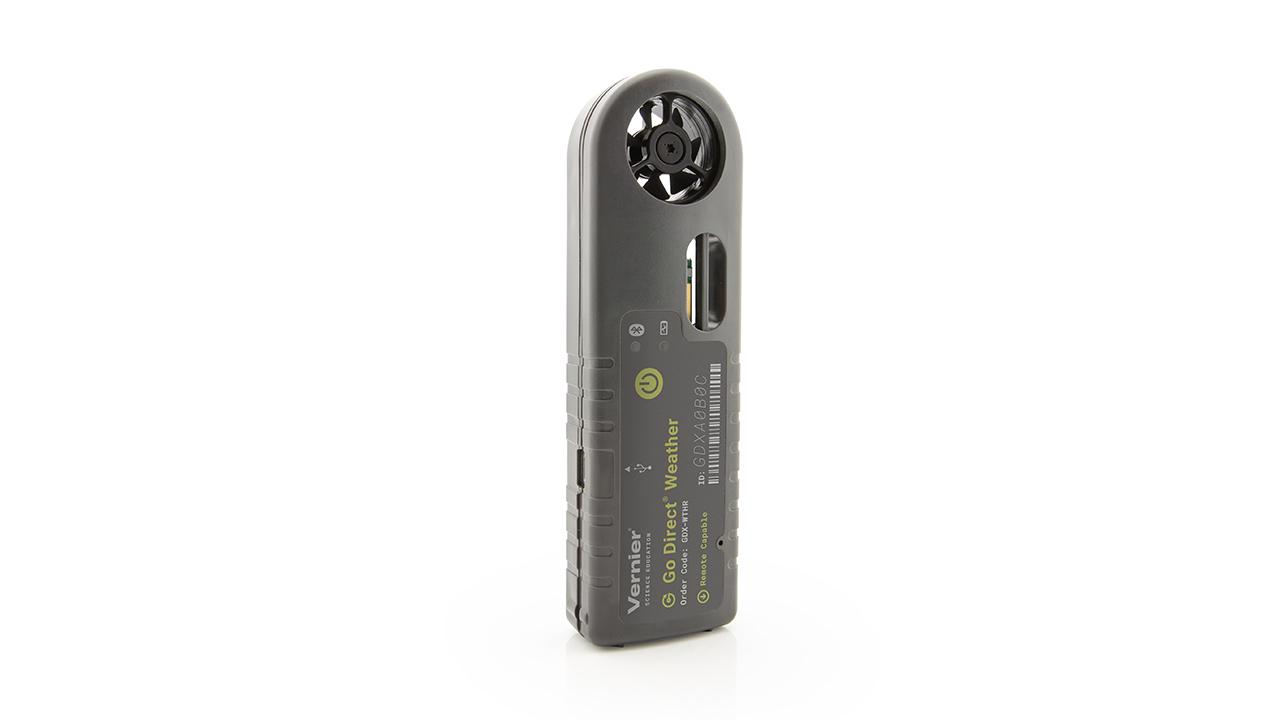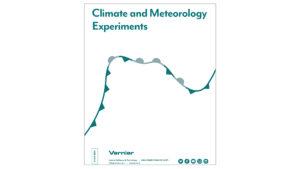Introduction
Wind is caused by the uneven heating of the Earth’s surface. As air is heated up, it rises in the atmosphere, which then causes a downward shift of cooler air thus making wind. The speed and direction wind blows is due to variations in pressure gradients, the rotation of the earth, and friction.
Pressure Variations
Variations in pressure result in the pressure gradient force, which causes wind to flow from areas of high pressure to those of low pressure. The greater this force is, the higher the wind speed.
Rotation of the Earth
The rotation of the Earth also influences wind movement in a phenomenon called the Coriolis effect. Due to the Coriolis effect, winds in the Northern Hemisphere tend to move towards the right while winds in the Southern Hemisphere tend to move towards the left.
Friction
Friction also has an effect on wind speed and direction. This force is greater in the lower part of the atmosphere and causes a slowing of wind speed. In the lower part of the atmosphere, when wind comes in contact with the surface of the earth, this causes friction and a slowing of the movement of the wind. This layer of wind then slows down the one above it also because of friction and so on. Once above 1.5 km the effect of friction is negligible. In the upper atmosphere, wind is only affected by pressure gradients and the Coriolis effect because of the lack or small amount of friction.
How is Wind Measured?
When measuring wind speed and direction, the direction of the wind is always stated as where the wind originates from. So the wind that is blowing from the south is a southerly wind. Using a wind vane allows one to observe the direction the wind is blowing. The actual measurement of the direction is reported as azimuth, which is the degree of angle from due north. For example, north would be reported as 0° or 360°, east as 90°, south as 180°, and west as 270°.
In this activity you will monitor the wind speed and direction. You will then create a map of your testing area and draw the direction of the wind you detected. You may want to collect other weather data as well, including temperature, relative humidity, and barometric pressure.
Objectives
- Measure the speed and direction of wind.
- Create a map of the testing area and wind patterns.
Sensors and Equipment
This experiment features the following sensors and equipment. Additional equipment may be required.
Ready to Experiment?
Ask an Expert
Get answers to your questions about how to teach this experiment with our support team.
- Call toll-free: 888-837-6437
- Chat with Us
- Email support@vernier.com
Purchase the Lab Book
This experiment is #10 of Climate and Meteorology Experiments. The experiment in the book includes student instructions as well as instructor information for set up, helpful hints, and sample graphs and data.


